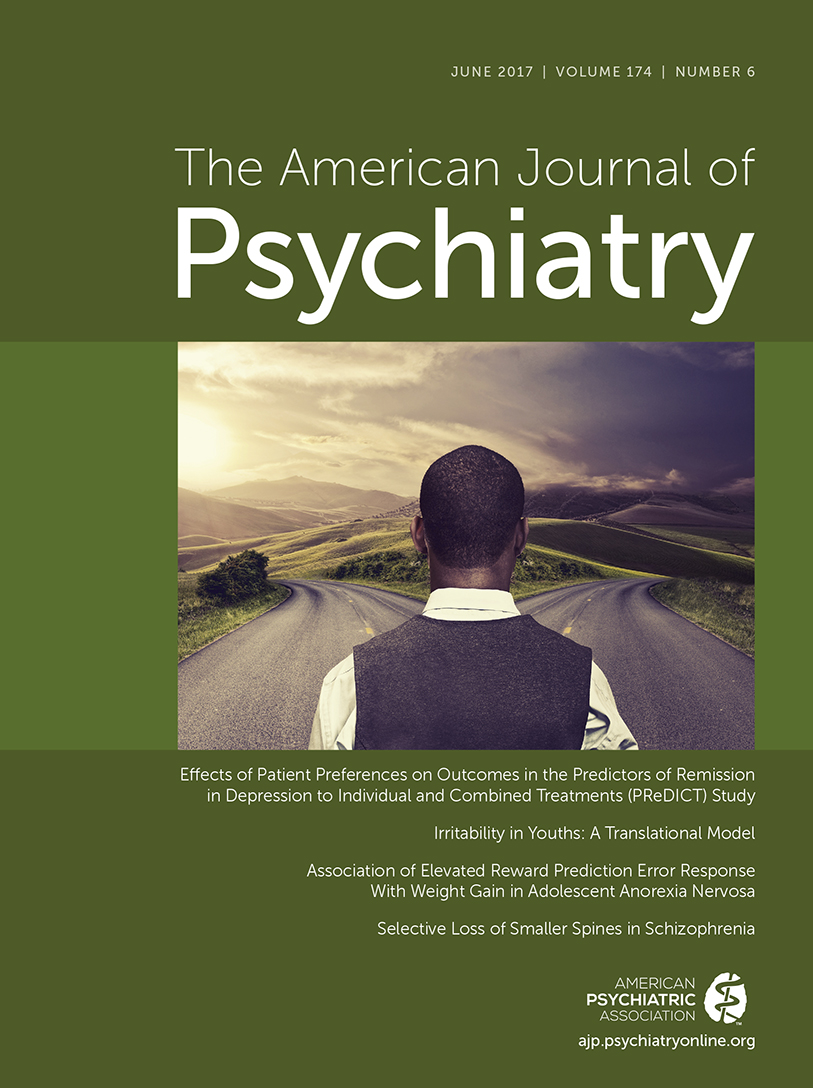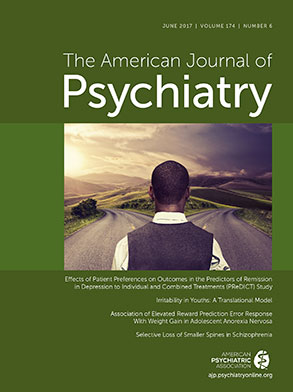OCD in College Athletes
Method
Results
| Item Descriptiona | Obsession/Compulsion Type | Full Sample (N=270) | PDSQ Positive Screen (N=45)b | FOCI Positive Diagnosis (N=14)c | All-Conference Athletes (N=53) | Non-All-Conference Athletes (N=217) | Associated Distress (N=270) | Clinical Distress (score >8) (N=14) | |||||||
|---|---|---|---|---|---|---|---|---|---|---|---|---|---|---|---|
| N | % | N | % | N | % | N | % | N | % | Mean | SD | Mean | SD | ||
| Any hoarding symptoms | 98 | 37.5 | 21 | 55.8 | 8 | 61.5 | 15 | 29.4 | 83 | 39.5 | |||||
| Fear of losing important information and/or indecision about throwing things out | Hoarding obsessions | 62 | 23.7 | 15 | 34.1 | 6 | 46.2 | 8 | 15.7 | 54 | 25.6 | 3.8 | 2.36 | 6.17 | 1.94 |
| Fear of losing things/“need to know” | Hoarding or need to know | 77 | 29.4 | 20 | 45.5 | 6 | 46.2 | 12 | 23.5 | 65 | 30.8 | 3.99 | 2.40 | 5.50 | 2.67 |
| Hoarding/having clutter | Hoarding compulsions | 7 | 2.7 | 0 | 0.0 | 0 | 0.0 | 2 | 3.9 | 5 | 2.4 | 3.86 | 2.67 | – | |
| Any symmetry symptoms | 80 | 30.8 | 16 | 51.2 | 7 | 58.3 | 10 | 19.6 | 70 | 33.5 | |||||
| Need to engage in ordering | Arranging compulsions | 38 | 14.4 | 16 | 36.4 | 6 | 46.2 | 5 | 9.8 | 33 | 15.6 | 4.72 | 2.96 | 8.50 | 2.07 |
| Reread/rewrite; repeating behaviors | Repeating compulsions | 40 | 15.3 | 12 | 27.9 | 4 | 30.8 | 7 | 13.7 | 33 | 15.7 | 4.18 | 2.86 | 9.25 | 0.96 |
| Symmetry/exactness concerns | Symmetry obsessions | 29 | 11.1 | 7 | 15.9 | 3 | 25.0 | 3 | 5.9 | 26 | 12.4 | 3.59 | 2.57 | 3.67 | 1.53 |
| Counting compulsion | Counting compulsions | 6 | 2.3 | 2 | 4.7 | 1 | 7.7 | 1 | 2.0 | 5 | 2.4 | 3.67 | 1.53 | 10.00 | 0.0 |
| Any forbidden thought symptoms | 84 | 32.8 | 17 | 51.2 | 7 | 58.3 | 13 | 25.5 | 71 | 34.6 | |||||
| Checking about harm to self/others or body condition | Checking compulsions | 36 | 13.8 | 10 | 23.3 | 5 | 38.5 | 8 | 15.7 | 28 | 13.3 | 3.18 | 2.31 | 4.80 | 1.79 |
| Fear of impulsive, harmful behaviors | Aggression obsessions | 12 | 4.6 | 4 | 9.3 | 3 | 25.0 | 1 | 2.0 | 11 | 5.1 | 5.17 | 2.62 | 5.33 | 3.22 |
| Concern about disease | Somatic obsessions | 13 | 5.0 | 4 | 9.1 | 3 | 23.1 | 3 | 5.9 | 10 | 4.7 | 4.92 | 2.33 | 4.67 | 3.51 |
| Praying or having magical thoughts to prevent harm | Praying or mental compulsions | 55 | 21.1 | 13 | 30.2 | 3 | 23.1 | 6 | 11.8 | 49 | 23.3 | 3.92 | 2.86 | 5.33 | 2.08 |
| Excessive moral concerns | Religious obsessions | 15 | 5.8 | 7 | 16.3 | 2 | 15.4 | 2 | 3.9 | 13 | 6.2 | 3.92 | 2.86 | 5.33 | 2.08 |
| Sexual obsession | Sexual obsessions | 12 | 4.6 | 4 | 9.3 | 0 | 0.0 | 2 | 3.9 | 10 | 4.8 | 4.33 | 3.42 | – | |
| Any miscellaneous symptoms | 45 | 17.2 | 9 | 20.5 | 5 | 38.5 | 6 | 11.8 | 39 | 18.5 | |||||
| Touch/tap/blink; confession | Miscellaneous compulsions | 29 | 11.1 | 9 | 18.2 | 5 | 38.5 | 4 | 7.8 | 25 | 11.8 | 4.25 | 3.16 | 7.20 | 2.59 |
| Superstitious, colors/numbers | Superstitious obsessions | 27 | 10.3 | 4 | 9.1 | 2 | 15.4 | 6 | 11.8 | 21 | 10.0 | 4.05 | 3.24 | 7.50 | 3.54 |
| Any cleaning or contamination symptoms | 30 | 11.7 | 2 | 23.8 | 4 | 33.3 | 8 | 15.7 | 22 | 10.7 | |||||
| Fear and disgust of contamination | Contamination obsessions | 21 | 8.1 | 6 | 14.0 | 3 | 25.0 | 5 | 9.8 | 16 | 7.7 | 3.05 | 2.37 | 5.67 | 4.16 |
| Excessive self-cleaning | Cleaning compulsions | 17 | 6.5 | 8 | 18.6 | 3 | 23.1 | 4 | 7.8 | 13 | 6.2 | 4.97 | 2.95 | 6.33 | 2.31 |
| Any of the above | 156 | 61.4 | 32 | 78.0 | 8 | 72.7 | 26 | 51.0 | 130 | 64.0 | |||||
Discussion
References
Information & Authors
Information
Published In
History
Keywords
Authors
Funding Information
Metrics & Citations
Metrics
Citations
Export Citations
If you have the appropriate software installed, you can download article citation data to the citation manager of your choice. Simply select your manager software from the list below and click Download.
For more information or tips please see 'Downloading to a citation manager' in the Help menu.
View Options
View options
PDF/EPUB
View PDF/EPUBLogin options
Already a subscriber? Access your subscription through your login credentials or your institution for full access to this article.
Personal login Institutional Login Open Athens loginNot a subscriber?
PsychiatryOnline subscription options offer access to the DSM-5-TR® library, books, journals, CME, and patient resources. This all-in-one virtual library provides psychiatrists and mental health professionals with key resources for diagnosis, treatment, research, and professional development.
Need more help? PsychiatryOnline Customer Service may be reached by emailing [email protected] or by calling 800-368-5777 (in the U.S.) or 703-907-7322 (outside the U.S.).

